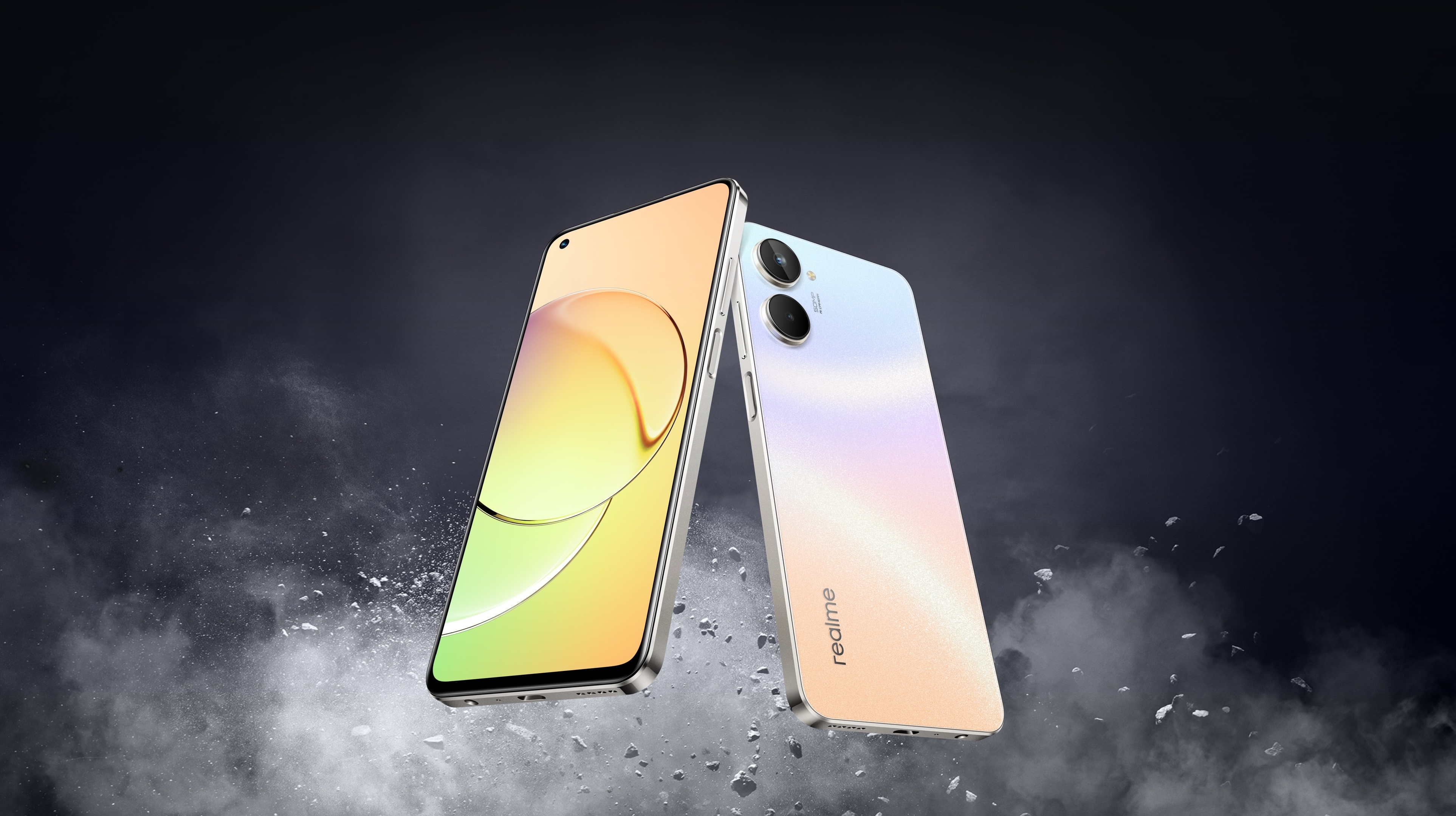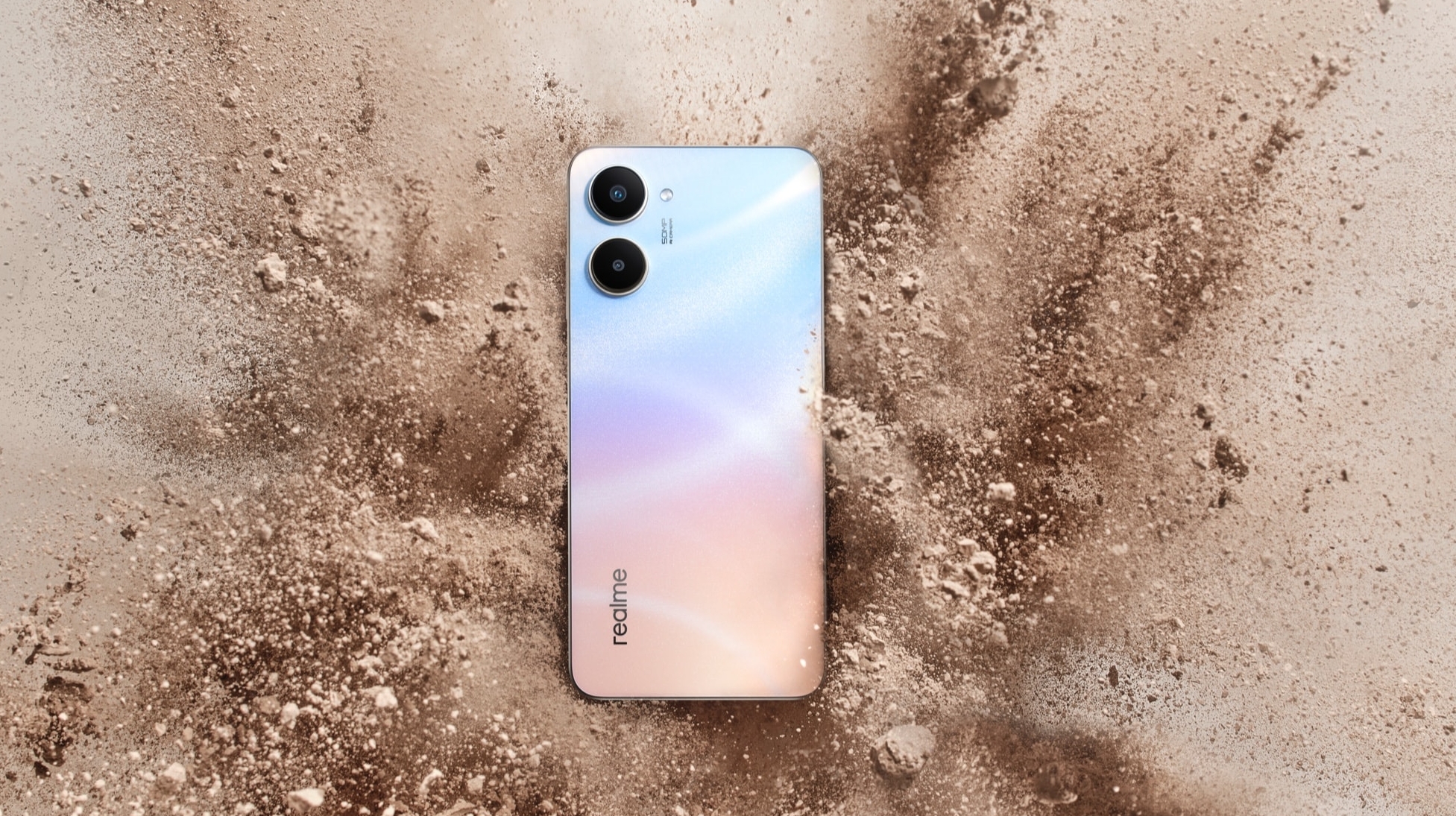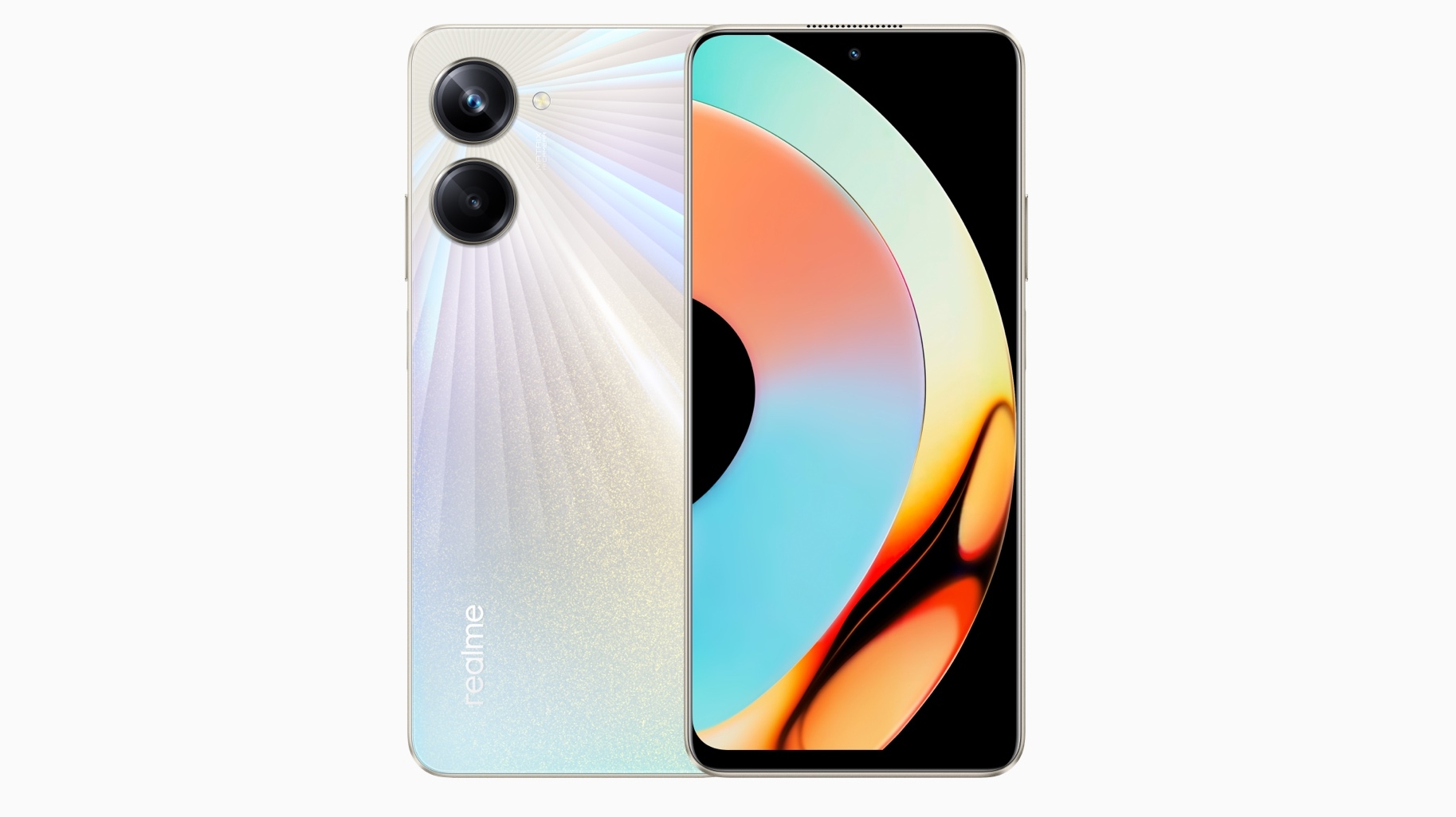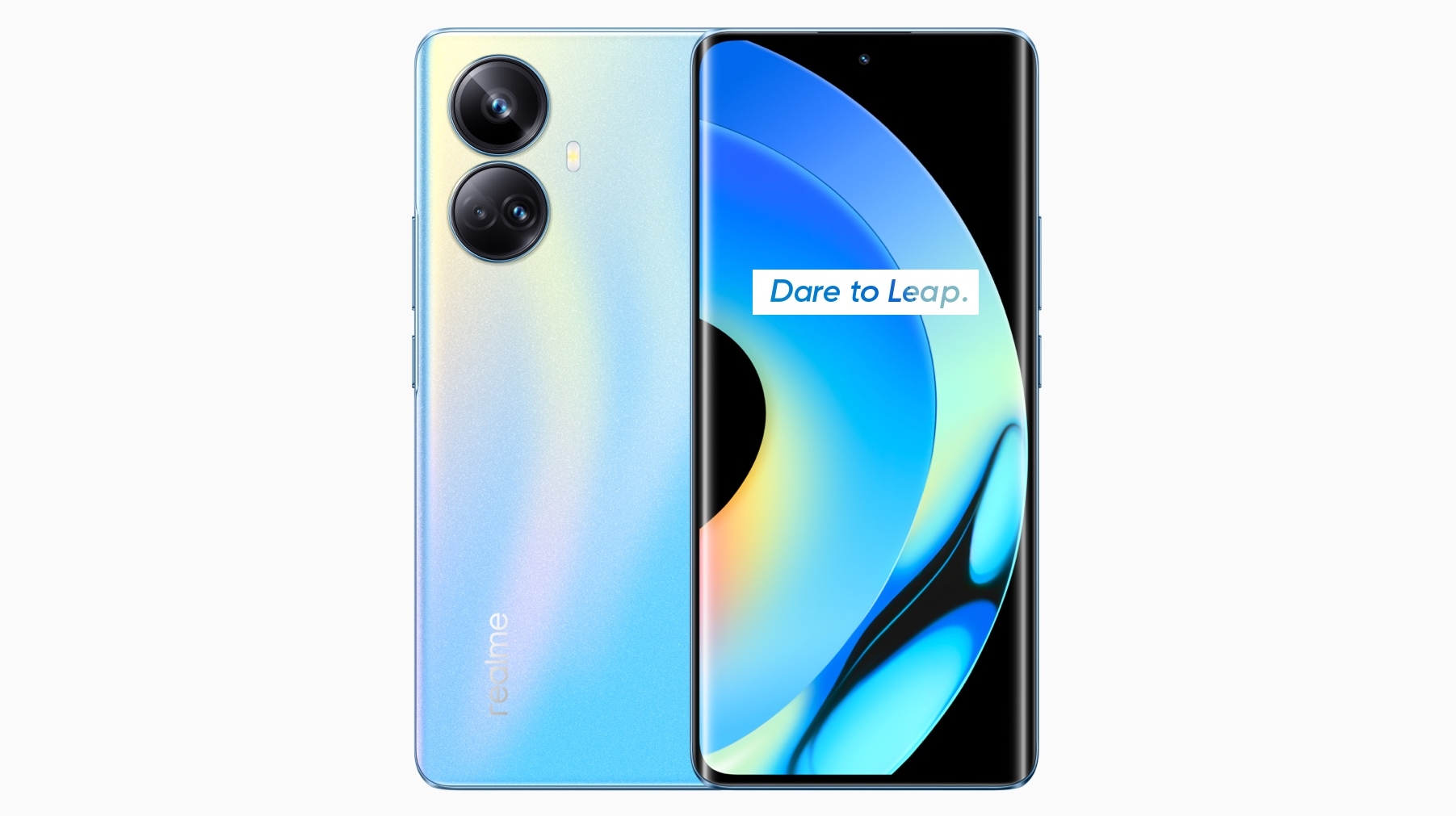Realme 10: everything you need to know

If you’re looking for one of the best cheap phones then there’s a chance you’ve found it, with the Realme 10. We won’t know for sure until we’ve put it through a full review, but this new phone certainly has some promising specs on paper, and sounds like a significant upgrade on the Realme 9.
Highlights include a 90Hz AMOLED screen, a slim design, a big battery, and improved power. But there’s lots more to this phone too.
Below you’ll find all the key details about the Realme 10, plus details of the Realme 10 Pro and Realme 10 Pro Plus, which are only out in Asia at the time of writing, but will be launching more widely.
Cut to the chase
- What is it? An affordable new Realme phone
- When is it out? Now, in select parts of Europe
- How much does it cost? €279 (around $280 / £245 / AU$430)
Realme 10 European release date and price
The Realme 10 was announced on November 9, 2022, and is available in select region like Poland, Italy and India. Currently there's no Realme 10 availability in the UK, US or Australia.
As for the price, it starts at €279 (around $280 / £245 / AU$430), though we wouldn’t expect an exact conversion in other regions. Still, this is sure to be an affordable phone everywhere it’s sold.
Then there's the Realme 10 Pro and Realme 10 Pro Plus, both of which launched on December 8, 2022 but only in parts of Asia.
The Realme 10 Pro then starts at $319 (roughly £260 / AU$470), while the Realme 10 Pro Plus starts at $379 (approximately £310 / AU$560).
Sign up for breaking news, reviews, opinion, top tech deals, and more.

Realme 10 design and display
The Realme 10 has a design that the company claims is inspired by “particles that travel at light speed”. In practice, that means it comes in a choice of ‘Clash White’ or ‘Rush Black,’ but these aren’t plain white and black shades – both contain a ripple of colors, with tiny white dots spread across them.
The phone is 159.9 x 73.3 x 7.95mm and 178g, and the company notes that this is the slimmest Realme phone ever offered for the global market. It has a punch-hole camera on the front and two large camera housings on the rear, as you can see on the pictures in this article.
The Realme 10 is likely clad in plastic, but the company hasn’t specified that. There’s also no mention of water resistance, but that’s not surprising at this price.
As for the screen, the Realme 10 has a 6.4-inch 1080 x 2400 Super AMOLED display, with a 90Hz refresh rate, a brightness of up to 1000 nits, and Gorilla Glass 5 protection. Those are the same specs as the Realme 9’s screen, but in our review, we were impressed with that phone’s display.

The Realme 10 Pro and Realme 10 Pro Plus meanwhile look somewhat similar, but with what the company describes as a "hyperspace design" inspired by refracted light. You can get an idea of how this looks in one of the images below.
Both the Pro and Pro Plus come in Hyperspace, Dark Matter and Nebula Blue shades, with seemingly only the Hyperspace option offering the look described above.
They both have a 6.7-inch screen with a 120Hz refresh rate and a Full HD+ resolution, but while the Realme 10 Pro is flat and has tiny 1mm size bezels, the Realme 10 Pro Plus's screen is curved.


Realme 10 camera and battery
The Realme 10 has a dual-lens camera on the back, and this is one aspect of the phone that sounds less impressive, as although its 50MP f/1.8 main snapper has reasonable specs, that’s joined by just a 2MP f/2.4 black and white (i.e. monochrome) camera.
Not only that, but the Realme 9 actually has a triple-lens camera – including a 108MP primary sensor – so the Realme 10 might be a downgrade here.
That said, Realme claims its new phone offers an enhanced night mode that reduces noise, and that the shutter speed is 121% higher than on the previous model. There’s also a 16MP f/2.45 camera on the front.
As for the Realme 10 Pro, that has both a 108MP f/1.75 main camera and a 2MP f/2.4 portrait lens, while the Realme 10 Pro Plus has a 108MP main snapper, an 8MP f/2.2 ultra-wide one, and a 2MP f/2.4 macro one. Both phones also have a 16MP selfie camera.
For the battery, Realme has gone with a 5,000mAh power pack in all three phones, which is a decent but fairly standard size. This supports 33W charging in the case of the Realme 10 and 10 Pro, which Realme claims can get the phone from zero to 50% in 28 minutes. The Realme 10 Pro Plus meanwhile supports 67W charging.
There’s no mention of wireless charging on any of them, but we wouldn’t expect that at this price either.

Realme 10 specs and features
There’s a MediaTek Helio G99 chipset inside the Realme 10, which is a fairly low-end but modern chipset, and it’s joined by 8GB of RAM. However, the phone also lets you leverage storage as virtual RAM, bringing it up to 16GB.
The company claims that gaming performance with this phone is strong for the price, giving the example that you can play PUBG Mobile at 40fps in Balanced mode.
There’s a choice of 64GB, 128GB or 256GB of storage, along with a microSD card slot – though these versions may not all be available in all regions, and this is just a 4G phone, so one major thing missing here is 5G.
As for features, the Realme 10 has a 3.5mm headphone port, an ‘UltraBoom’ speaker, which promises Hi-Res audio at 200% volume, and it runs the company’s Realme UI 3.0, based on Android 12.
The Realme 10 Pro should be a bit more powerful, as it has a Snapdragon 695 chipset, along with 6GB or 8GB of RAM, and 128GB of storage. It also supports 5G.
The Realme 10 Pro Plus is better still, with a MediaTek Dimensity 1080 chipset, up to 12GB of RAM (plus 12GB of dynamic RAM), 5G, and up to 256GB of storage.
The Pro and Pro Plus also have more recent software, as they run Realme UI 4.0, based on Android 13.
James is a freelance phones, tablets and wearables writer and sub-editor at TechRadar. He has a love for everything ‘smart’, from watches to lights, and can often be found arguing with AI assistants or drowning in the latest apps. James also contributes to 3G.co.uk, 4G.co.uk and 5G.co.uk and has written for T3, Digital Camera World, Clarity Media and others, with work on the web, in print and on TV.